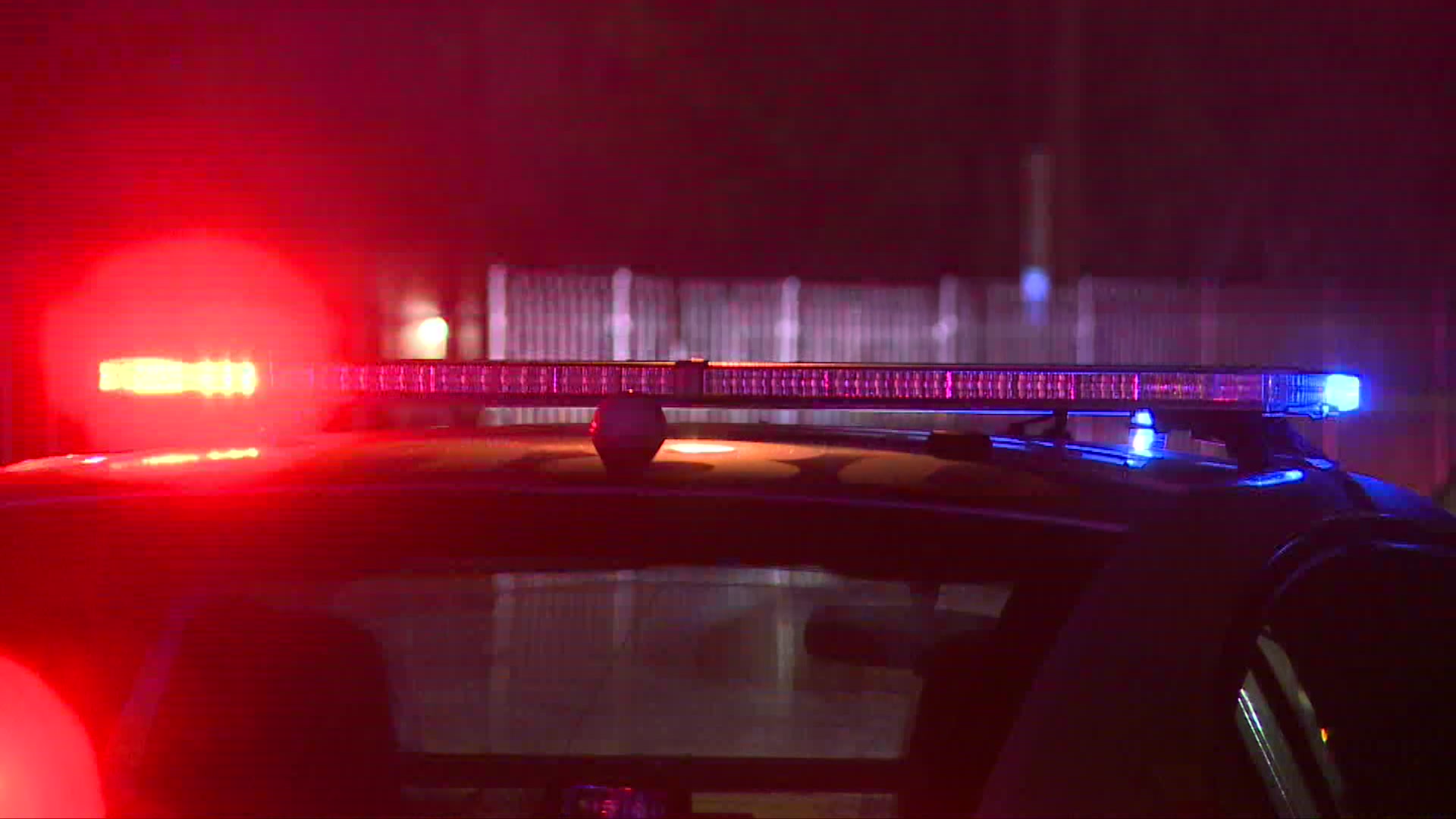As the number of migrants in Chicago sleeping at police stations and airports continues to balloon, the city has continued to struggle with finding safe, sanitary housing for them to stay.
And although temporary shelters have popped up in neighborhoods across the city, some residents don't support the moves.
“I am absolutely livid. Livid!” Doris Lewis yelled at a tense community meeting in Hyde Park Wednesday. Lewis is one of many Hyde Park residents who spoke out against the idea of approximately 300 migrants set to move into the Lake Shore Hotel as early as next week.
“I don’t know from where they come," said Gail Baker, another Hyde Park resident. "I don’t know what the intentions are. I don’t know the time frame. I don’t know if this is temporary, if this is long-term.”
According to a report from the Chicago Sun-Times, the city did not respond to requests for comment about whether it would be for families or singles, when it would open and what the cost would be.
More than 13,000 migrants have arrived in Chicago since August 2022
The new shelter plans come as the city has received over 13,500 migrants in the past year from Texas, and as 6,500 are spread among the 15 currently operating shelters.
Local
Around 1,500 are sleeping at police stations and airports, waiting for shelter space to open. That number has doubled in the past month, prompting the city to reuse police stations it had emptied due to allegations of sexual misconduct between migrants and police officers.
And the number of arrivals is only expected to grow.
Feeling out of the loop? We'll catch you up on the Chicago news you need to know. Sign up for the weekly Chicago Catch-Up newsletter here.
To house future arrivals, the city’s Committee on Housing and Real Estate approved on Monday the $1.5 million purchase of a former United States Marine Corps Facility in North Park, 3034 W. Foster Ave., to turn into a temporary shelter.
“Acquisition of the Marine Corps property presents a tremendous opportunity,” said local Ald. Samantha Nugent (39th) in a statement.
Following its potential use as a migrant shelter, other “potential uses for the property,” said Nugent, “could include working with Chicago Public Schools to create an early childhood learning center, or partnering with the Chicago Park District to make more riverfront parkland accessible to the community.”
The shelter would house around 550 people and is expected to be financed through the Lawrence/Kedzie TIF district. It’s expected to go before the full City Council on Sept. 13.
Aside from it being “available,” Lori Ann Lypson, deputy mayor of Infrastructure and Services, said the site was chosen because it had classrooms, showers and a cafeteria space, facilities which the city has said were lacking in other potential shelter spaces.
Not everyone on the committee supported the purchase. Ald. David Moore (17th) called for a clear plan on how the city intended to handle the migrant crisis. “Give it to us in writing,” he said. “Then I won’t have this issue.”
The city did not respond to requests for comment on its plan to empty police stations and other temporary shelters.
Ald. Jeanette Taylor (20th) called for more details about how much running the facility would cost and for a clearer plan for the future of the space.
“I know we’re trying to alleviate those police stations,” she said, “but how will this be used for the community afterwards?”
Local leaders lobby for migrants to receive work permits faster
As more migrants continue to arrive in the city, Illinois Governor J.B. Pritzker, Chicago Mayor Brandon Johnson and other state and local leaders on Wednesday lobbied for federal support of migrant work permits, a process that is generally complicated and often takes more than 150 days.
During Wednesday's press conference, local leaders also pushed for more financial support from the federal government.
According to officials, Illinois and the city of Chicago have spent $350 million on the migrant crisis. The federal government provided $38 million in reimbursements.



